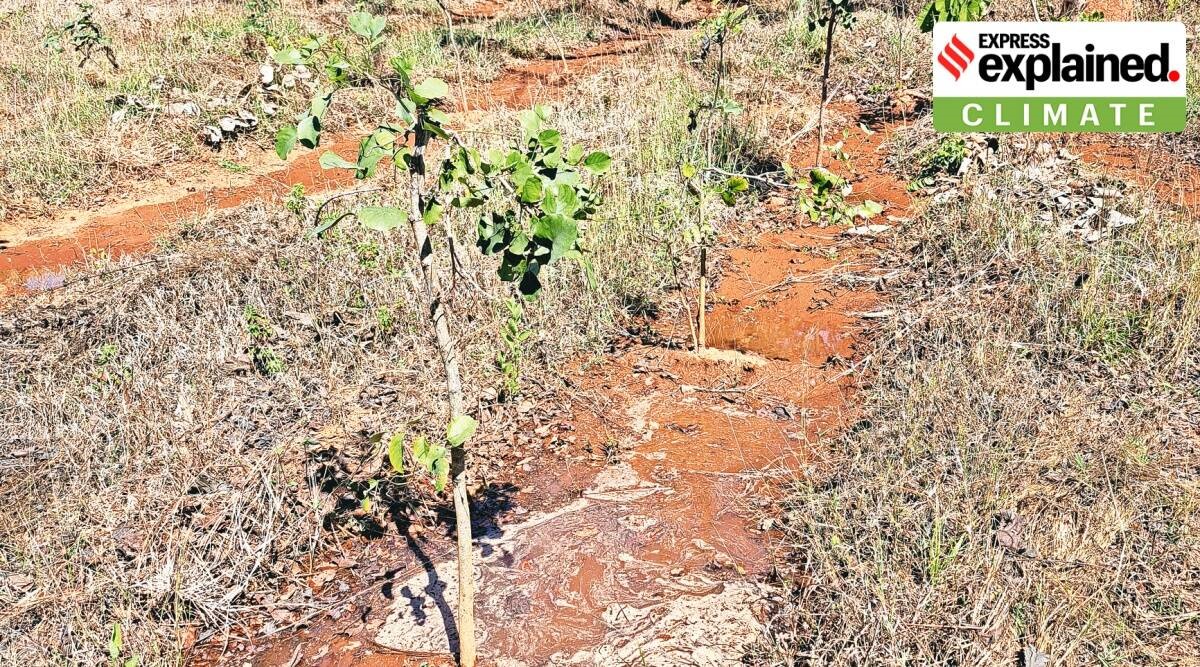Free Courses Sale ends Soon, Get It Now


Free Courses Sale ends Soon, Get It Now



Disclaimer: Copyright infringement not intended
Context: Unlike the two other commitments India has made — one related to improvement in emissions intensity and the other about the deployment of renewable energy — the forestry target is a relatively difficult one to achieve.
Details:
Present situation:
.jpeg)
What is Compensatory Afforestation?
Background of CAMPA:
The Compensatory Afforestation Fund Act, 2016:

Huge money for Compensatory Afforestation:
Other problems with the practice:
|
PRACTICE QUESTION Q) The showpiece effort for extending India’s forest cover has been its compensatory afforestation programme. Critically Analyse. (150 words)
|
© 2024 iasgyan. All right reserved